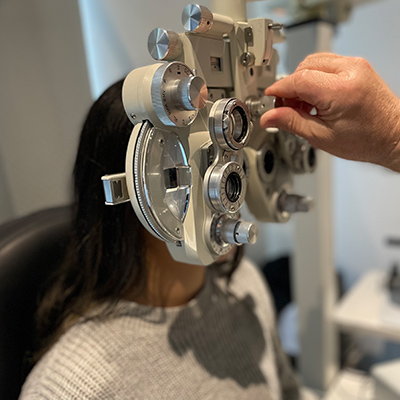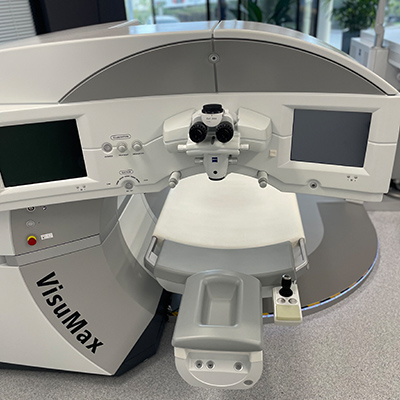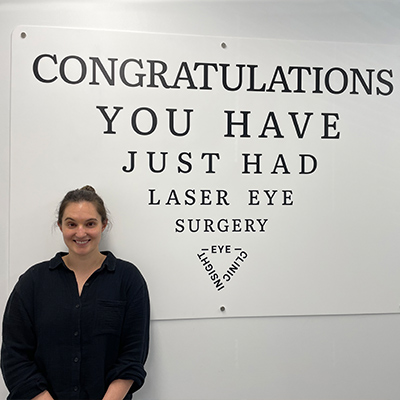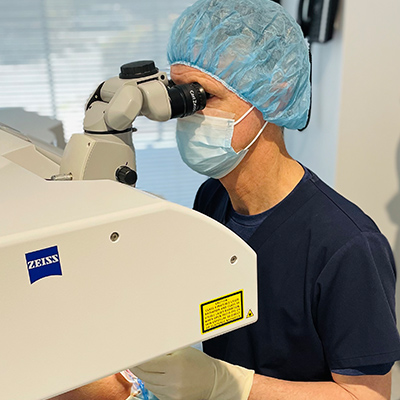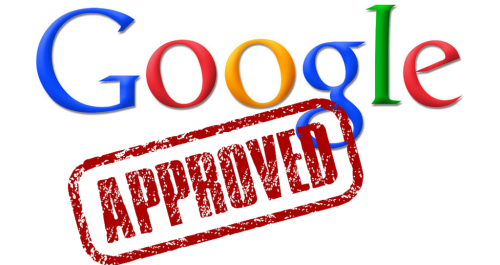
Laser Eye Surgery – Googles 21 Most Popular Questions
We have combined the most frequently asked questions about laser eye surgery from Google into one easy to understand post… We hope this helps!
PSA: these questions have been copy and pasted directly from Google for authenticity. We have shortened ‘laser eye surgery’ to LES in several places.
1. How much does laser eye surgery in WA cost?
 The cost of surgery is dependent on which procedure type is recommended to you. There are 3 different generations of laser: SMILE/SmartSight, LASIK and PRK. They range in price from $2,850 per eye to $4,400 per eye.
The cost of surgery is dependent on which procedure type is recommended to you. There are 3 different generations of laser: SMILE/SmartSight, LASIK and PRK. They range in price from $2,850 per eye to $4,400 per eye.
The most recent technique is called ReLEx SMILE (another brand is known as SmartSight). These procedures are on the upper end of the scale. It was recently announced that in recent months (2024), Visumax recorded their 10 millionth SMILE procedure! A huge milestone.
Most clinics provide payment plans to help spread the costs of surgery. They are often 0% interest for a designated period.
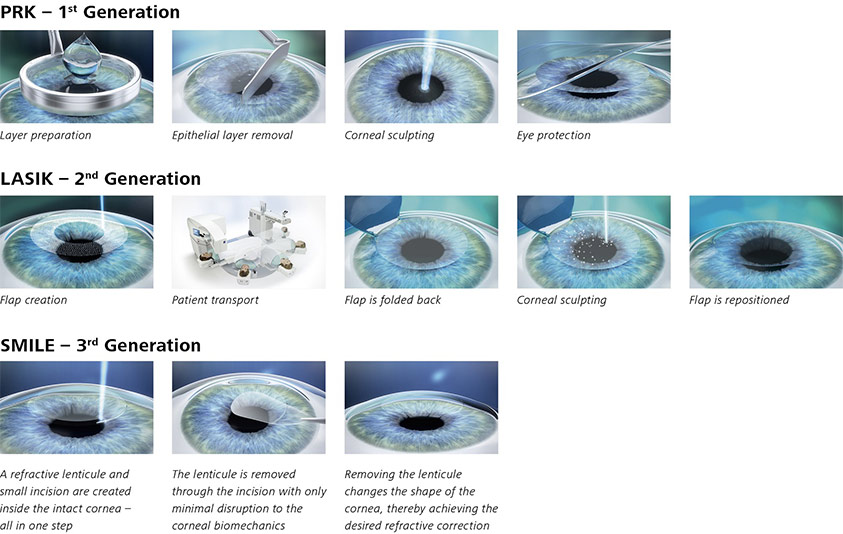
2. Is laser eye surgery covered by Medicare?
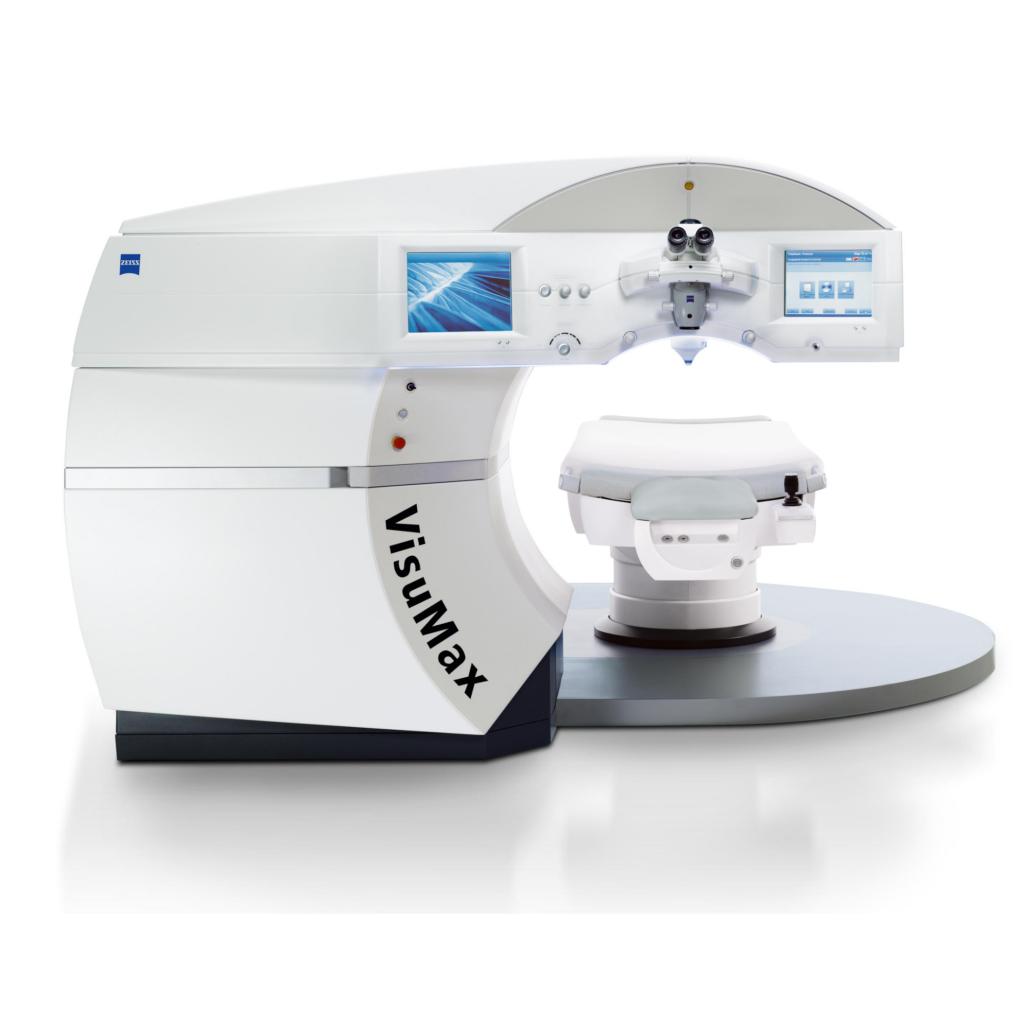 Sadly, LES is not covered by Medicare. It is considered a cosmetic procedure and therefore not covered under any Medicare scheme. But there are a few health funds that assist in the costs and there is also 0% finance for eligible applicants!
Sadly, LES is not covered by Medicare. It is considered a cosmetic procedure and therefore not covered under any Medicare scheme. But there are a few health funds that assist in the costs and there is also 0% finance for eligible applicants!
Blog Post: Medicare – Is Laser Eye Surgery Covered?
3. How many years does laser eye surgery last?
There are several factors that determine the longevity and permanency of LES. One way we explain the topic of longevity with patients is to explain that the laser is removing tissue from the eye’s surface. The removal of corneal tissue is permanent and will not re-grow. So technically, the process of surgery is permanent.
That does not mean to say that you cannot induce myopia upon yourself again. You can do this through overuse of your near vision. When our eyes spend more time focusing on near objects, like phones, screens, books or even knitting, it forces our eyeballs to elongate. This prevents the eye from focusing light onto the retina the way it should. This elongation increases short-sightedness, which causes distant objects to appear blurred.
4. What is better than laser eye surgery?
 There are various options to correct refractive error but there are few surgical options. Surgically, the only other options beyond LES are implantable contact lenses (ICL) and refractive lens exchange (RLE).
There are various options to correct refractive error but there are few surgical options. Surgically, the only other options beyond LES are implantable contact lenses (ICL) and refractive lens exchange (RLE).
ICL’s are usually only recommended if the patient is not a suitable candidate for LES. It is a more invasive procedure and a much higher cost procedure.
RLE is usually only recommended to people 45 years of age and older. It is also more invasive but can provide long-term correction for reading vision problems.
5. How long after laser eye surgery can you drive?
Almost all patients meet driving standards within 24 hours of their procedure (SMILE and LASIK). You will attend a post operative appointment the day after your procedure, and we ask that someone bring you or you travel by taxi. This appointment is with your surgeon who can confirm whether you can drive from then on. If not, it will likely only be 1-2 days more.
Following PRK, you will not be able to drive for the first 3-5 days as vision recovery is slower than SMILE and LASIK.
6. Is smile better than LASIK?
 When a patient has short-sight and/or astigmatism, SMILE is the most recommended procedure. There are fewer occurrences of dry eyes with SMILE and no risk of flap complications as a flap is not present with SMILE. These factors are particularly beneficial to swimmers, athletes, people who play contact sports and those with pre-existing dry eye issues.
When a patient has short-sight and/or astigmatism, SMILE is the most recommended procedure. There are fewer occurrences of dry eyes with SMILE and no risk of flap complications as a flap is not present with SMILE. These factors are particularly beneficial to swimmers, athletes, people who play contact sports and those with pre-existing dry eye issues.
SMILE also removes less tissue from the cornea than LASIK. For this reason, more people are suitable for this rapid recovery option. The higher the prescription, the more corneal tissue that must be removed. This makes SMILE a more inclusive option. It is also important to preserve corneal tissue in the event that the patient requires any additional laser treatments.
But… unlike SMILE, LASIK can correct long-sight. When compared, long-term vision results are the same for SMILE and LASIK.
Blog: SMILE vs LASIK Laser Eye Surgery
7. How painful is laser eye surgery?
Laser eye surgery is not painful. A local anaesthetic eye drop is applied which numbs both the eye and eye lids. During surgery, patients feel some pressure on the surface of the eye.
8. What are the negatives of laser eye surgery?
There are common and likely side–effects as a result of having LES. They are almost always short-term and not deemed ‘negative’. Before surgery, information about what to expect from your vision and potential side-effects should be given by your treating clinic. This should also be outlined in the consent form. It is then for the patient to outweigh the benefits against the risk. It is important that you feel all information given has been transparent and factual.
9. Is getting laser eye surgery worth it? 
As providers of LES, we fully believe that it is worth having. People report that their quality of life drastically improves after their procedure. You are no longer at risk of losing a contact lens, breaking your glasses or contact lens related eye infections.
People comment that they feel less fatigued at the end of the day and that they feel better as a result of looking better. Attending the gym and exercise classes is easier and so is going on holiday! These are just a few reasons people love their results.
Blog: Is Laser Eye Surgery Worth It?
10. Are you awake during laser eye surgery?
Yes, you are awake. The procedure is very quick, approximately 20 minutes for both eyes and the doctor requires your responsiveness throughout the procedure. A mild oral sedative is often administered to help with any pre-existing anxiety, which is expected.
11. Can you blink in laser eye surgery?
The eyelids are held open by a small clip called a speculum. The eye that is being treated cannot blink but your doctor will advise you to ‘blink as normal’. This is because your other eye can still blink. With the numbing eye drops, you will not be able to tell that the eye held open with the speculum is not blinking.
12. Can you fix your eyes without LASIK?
The options to correct your vision outside of LASIK, SMILE, SmartSight and PRK are:
 Non-surgical
Non-surgical
> Glasses
> Contact lenses
 Surgical
Surgical
> Implantable contact lenses (usually the chosen option if patient is outside of the suitability parameters for laser eye surgery and patient is below the ages 40-45)
> Refractive lens exchange (the preferred option for patients above the age of 45 that would like long-term results for both distance and near vision)
13. Why am I not suitable for laser eye surgery?
There are several reasons that people do not fall within the treatment parameters for LES. Occasionally, a patient is found ‘not suitable’ temporarily. Perhaps their prescription is unstable, and they need to wait 6+ months for the eyes to stabilise prior to surgery being recommended. Some of the most common reasons for being not unsuitable are:
> Prescription is outside of the treatment parameters that are safe to treat. An alternative such as ICL’s (implantable contact lenses) might be recommended if within ICL parameters. If above age 45, RLE (refractive lens exchange) might be recommended
> Cornea is too thin or abnormal in shape, for ex: keratoconus
> Underlying health issues, usually auto immune
> Existing retinal problems
> Glaucoma
> Pregnancy and breast-feeding – temporary until 3 normal menstruation cycles after baby born or completion of BF
14. How many days rest is required after laser eye surgery?
Following SMILE and LASIK, it is recommended that you rest for 1-2 days. Following PRK, recovery is slower. The rest period recommended is 3-5 days.
 15. How long do you have to sleep after laser eye surgery?
15. How long do you have to sleep after laser eye surgery?
Once a patient returns home after their procedure, we recommend keeping the eyes closed and sleeping for a few hours. Most surgeons provide a mild sedative prior to surgery which means people are usually ready to rest upon returning home.
Don’t forget to pop on your clear plastic eye shields before going to sleep to avoid any unconscious eye rubbing.
16. Can I watch TV after laser eye surgery?
Not for the first 24 hours. Avoiding screens is recommended to avoid straining the eyes or worsening dry eye symptoms. Take this opportunity to download a good podcast, TedTalk or audiobook. I bet there are loads of things you’ve wanted to listen to but haven’t had the time!
17. Can you see straight after laser eye surgery?
Immediately following LASIK and SMILE laser eye surgery, you can see. Vision is slightly blurry, and eyes might feel light sensitive, but you can see. Rapid recovery happens within the first 24 hours and most patients reach 20/20 or better by the following morning.
Following PRK, vision is quite blurry and although you can see well enough to get around, vision will likely not reach driving standards for 3-5 days.
Click here to watch genuine patient reactions immediately after LES
18. How long does it take to fully recover from laser eye surgery?
Full recovery time is different to the time it takes to reach peak vision results. Ophthalmologists usually advise that full recovery is 3 months.
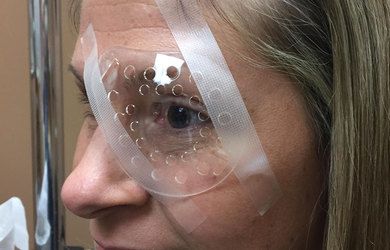 19. Do you have to wear goggles after laser eye surgery?
19. Do you have to wear goggles after laser eye surgery?
You should be provided with shields to cover your eyes whilst sleeping but ‘goggles’ are not recommended. Regular circulation of air is important and avoiding anything that causes suction around the cornea.
20. How much is eye laser surgery in Australia?
The cost of surgery differs between providers, but you can expect to pay anywhere from $2,850 per eye to $4,400 per eye in Australia. Most commonly, third generation techniques such as ReLEx SMILE and SmartSight are at the upper end of the scale.
Price is usually dependent on which procedure type is recommended to you. There are 3 different methods of treatment: SMILE/SmartSight, LASIK and PRK.
The most recent technique is called ReLEx SMILE (another brand is known as SmartSight). These procedures are on the upper end of the scale.
Most clinics provide payment plans to help spread the costs of surgery. Often 0% interest for a designated period.
21. Can laser eye surgery go wrong?
As with any elective surgery, complications are possible and LES is not without risk of complication. Whomever you choose to carry out your procedure should go through the potential complications involved. These complications should also be outlined in your consent form.
To put your mind at risk, there are no reports of anyone ever going blind from LES. However, complications have been reported across the history of laser eye surgery. Measures are consistently taken to avoid these possibilities. Thorough pre-operative diagnostic testing and measurements should be taken to further reduce potential risk.
Follow us!
https://insighteye.com.au/best-laser-eye-surgery-perth-top-5/
https://insighteye.com.au/lasik-vs-smile-laser-eye-surgery/
https://insighteye.com.au/how-to-choose-the-best-laser-eye-clinic/
https://insighteye.com.au/misleading-laser-eye-surgery-claims/
3rd Generation SMILE Laser Eye Surgery is here!



